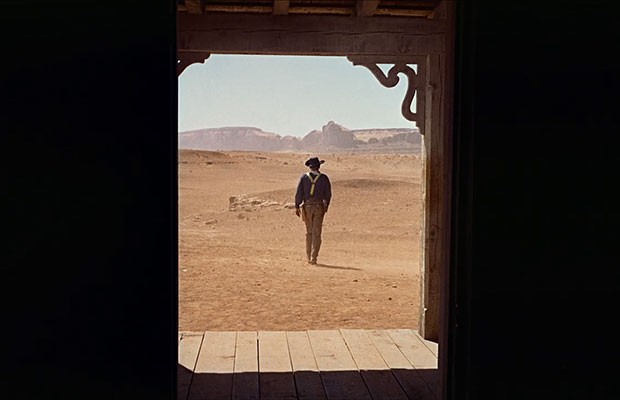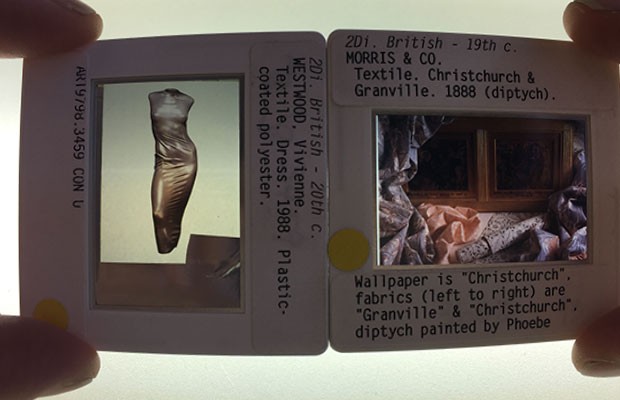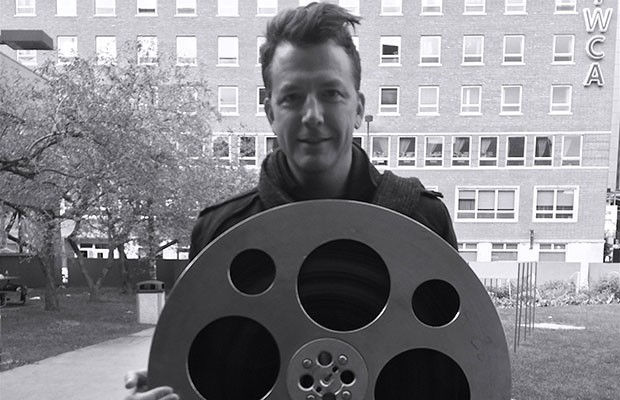Alongside Carruthers and Wesley, the VCR is also hosting Ezra Winton (BA ‘05, MA ‘07) as curator-in-residence of the space’s film significant film archives.
Winton, a Concordia graduate who co-founded Cinema Politica and has also taught at the Mel Hoppenheim School of Cinema, says he is familiar with the VCR film archives and is looking forward to disrupting and invigorating the collection.
“I hope to not only animate the film archives, but agitate them at the same time,” says Winton.
“By “agitate” I mean to ruffle or unsettle the archives in a way that draws attention to this treasure trove of cinematic history, while at the same time drawing connections between geographically, temporally and culturally disparate works across the collection.”
Winton’s residency at the VCR is part one of a curatorial project called Agitating the Archives: Reframing Representational Ethics through the Review Mirror. The project will look at representations of colonial histories and dynamics in film, which Winton calls “SETTLER FRAMES.”
“SETTLER FRAMES will explore shifting representational frames of space, place, identity and power as they relate to filmic representations of colonial histories and settler subjects and societies from the perspective of both settler filmmakers and Indigenous artists.”
Students can visit Winton at the VCR every Monday from 10 am to 2pm for most of the term. He also encourages students to contact him at the addresses below to learn more or to be a part of the process.
Coming soon: grand opening
The VCR is open for student use from Monday to Friday 9 a.m. - 8 p.m. and is a new academic and research resource that provides visual documentation to support the teaching and research needs of the Faculty of Fine Arts. The new space is a combination of two units, the MIRC and DISC. The MIRC collection includes over 42,000 titles, including 15,000 16mm and 35mm films, and thousands of VHS, laserdisc, and DVD titles. The DISC collection contains over 350,000 catalogued slides, making it one of the largest academic slide collections in Canada.
A grand opening for the VCR is scheduled for Spring 2018.
Ezra Winton can be reached at ezra.winto@concordia.ca You can learn more about his work at http://ezrawinton.com/ and follow him on Twitter: https://twitter.com/ezrawinton.
For more information on Leisure, visit http://leisureprojects.tumblr.com/ and follow them on instagram at https://www.instagram.com/wesley.carruthers/.
The Visual Collections Repository can be found on the third floor of the EV building in EV 3.703.


 The Searchers, John Ford, 1956
The Searchers, John Ford, 1956

 Ezra Winton, Curator-in-Residence at VCR
Ezra Winton, Curator-in-Residence at VCR